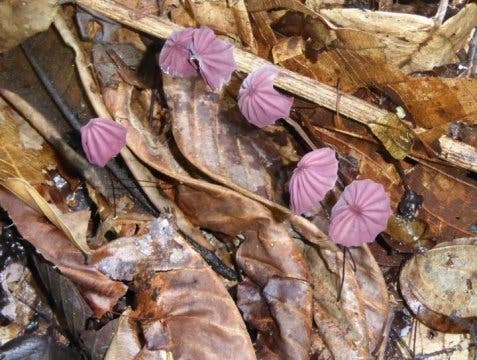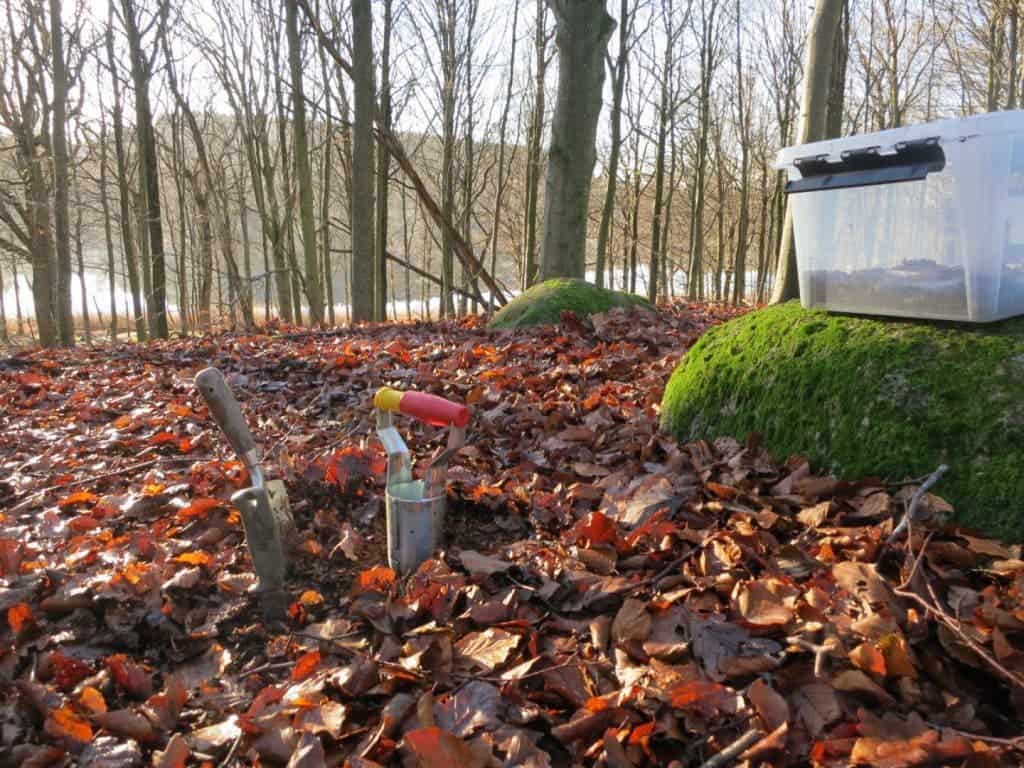Faced with the underwhelming speed at which the scientific community studies and describes fungi, a group of researches put together a list of the 50 “Most Wanted Fungi” — and re-vamped the UNITE database to put the spotlight on the least-known strains.

Image credits Camila Duarte Ritter.
Scientific literature has been doing a pretty poor job of studying fungi up to now, and given some of the spectacular things we’ve seen them do or their uses, that is a huge loss on our part. Millions of fungal strains are still to be described and a greater part of the fungal DNA sequences held by public databases cannot be reliably assigned to any known group. We don’t even know where many of them fit in the tree of life, who they’re related to and how they evolved — and if there’s one thing scientists dread its not being able to categorize stuff.
Faced with this frustrating status quo, an international group of scientists led by Dr Henrik Nilsson from the University of Gothenburg has put together a search function in the UNITE database for molecular identification of fungi. Their goal is to put the least-studied strains (the awesomely named “50 Most Wanted Fungi” list) into the spotlight, inviting the scientific community to determine their taxonomic affiliation; and, in the end, bridge the huge knowledge gap between fungal taxonomy and molecular ecology.
With roughly 100,000 formally described species of fungi out of an estimated 6 million currently in existence, it’s going to take a whole lot of bridging. But while there’s no shortage of research venues for scientists, the team is worried that there is a shortage of communication between researchers; the sheer diversity of dark fungal strains evidenced through molecular techniques suggests that the dialogue between the fields of fungal taxonomy and DNA sequencing in environmental substrates such as soil and water still has room for improvement.

Image credit go to Henrik Nilsson.
“There is no taxonomic feedback loop in place to highlight the presence of these enigmatic lineages to the mycological community, and they often end up in sequence databases for years without attracting significant research interest,” explain the authors. “More than 10 years in some cases, as a matter of fact.”
The new search function produces lists of roughly genus-level clusters of fungal DNA with unknown taxonomic affiliation. These lists are re-constructed each month, to keep track of any updates and additions made in between iterations. To help researchers select groups of fungi or environments to research, a set of keyword-filtered lists is provided. This allows researchers to zoom in on unknown fungi collected, for example, from built environments or aquatic habitats.
Dr. Nilsson and his colleagues hope that their system will make the study and formal description of these species easier — and faster. Community participation is encouraged, and the UNITE database has extensive support for third-party annotation.
Commenting on the tongue-in-cheek name they chose for the list, the team wants to clarify that the fungi themselves are not guilty of any crime:
“Indeed, nothing can be said of the way they make a living. It is simply not known. We make no claim as to the importance of these fungi from whatever point of view – ecological, economic, or otherwise,” they stress. “We do make claim to their uniqueness, though, because it is frustrating, in the year 2016, not to be able to assign a name to a fungal sequence even at the phylum level.”
“We hope that the present publication will serve to put the spotlight on these uncharted parts of the fungal tree of life, and we invite the reader to examine them through our online tools or otherwise,” they conclude.
The full paper, titled “Top 50 Most Wanted Fungi” has been published online in the journal MycoKeys and can be read here.


